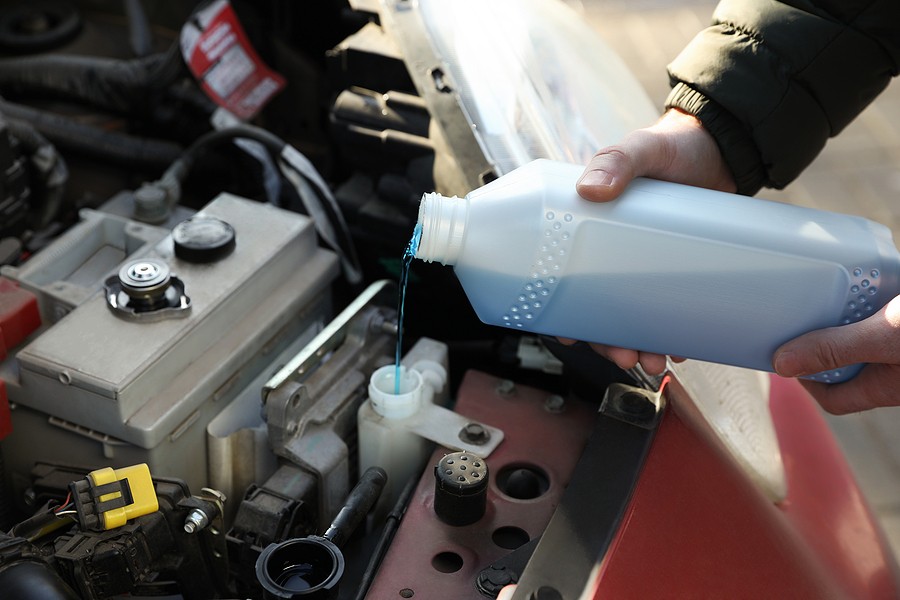If you're searching for “how to know if engine coolant is bad,” below are the common signs:
- Strange coolant color
- Sweet smell
- Engine overheating
- Coolant leaks
- Reduction in coolant level
- Foam building up on the coolant
- Corrosion on the radiator and the hoses
- Loud gurgling noises
- Temperature fluctuation
- Steam from under the hood
The vehicle coolant, or what's not antifreeze, is responsible for keeping the engine temperature within the optimum range. You must always keep the coolant in the right quantity and quality. Otherwise, your engine can't get overheated and might get self-destructed over time.
Most people focus on maintaining the exact coolant level reflected and mentioned in the vehicle owner's manual. However, as recommended by experts, very little attention is paid to keeping the coolant quantity at the top level,
This article provides ten important symptoms that could help you identify whether the quantity is bad. In that case, you must flush the coolant and replace it with a fresh one.
How do we know if engine coolant is bad?
Determining whether the coolant is good or bad is very important for every driver. When you confirm a bad coolant, you'll know immediately that it's not to help the engine cool down, and you can deal with many problems down the road.
The following list provides you with the most common symptoms indicating a bad: that could help us understand the question “How to know if engine coolant is bad?”
1- Strange coolant color
When you purchase the coolant, you'll see it is pink, depending on your chosen column type. However, when the coolant goes bad, the color will change and more cloudy or rusty. This is because it's been collecting dust and rust from around the engine over time.
That's why whenever you feel that the coolant color is changing significantly, it could be a clear sign that you have to change it to enjoy the best out of your vehicle without risking the engine getting damaged because of overheating.
2- Sweet smell
Another thing you could monitor for is any potential weird smells coming from your vehicle. Typically, a bad coolant will be associated with leaks because if it's contaminated and bad, it might crack through the weak seals and cause internal or external leaks.
Usually, when there's a coolant leak in your vehicle, you'll notice a strange, sweet smell that resembles a Maple syrup smell. It might be weird to some people that some good smells might refer to internal major problems, but that's unfortunately the case.
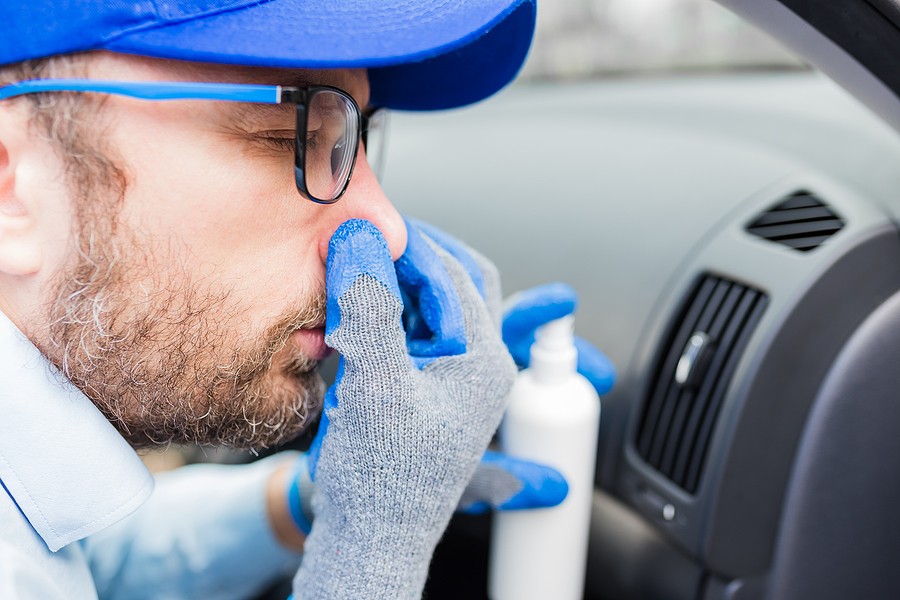
3- Engine overheating
Since the coolant is responsible for maintaining the engine temperature over time, if it goes bad, it won't do its job, and one of the things that you will notice is that the engine is getting overheated over time.
You don't want to get to this point where the coolant is not doing anything of its job because this could be a serious situation and might require immediate attention from Your mechanic. The mechanic can tell you whether you can even drive this car.
4- Coolant leaks
We indicated before that the sweet smell is associated with a coolant leak, so you might want to perform a quick visual inspection to see any coolant dropping underneath the vehicle. Typically, the coolant will be under the location of the coolant reservoir or the location of the connections and the hoses.
Not that there's a severe coolant leak causing a puddle underneath the car; you must consult your mechanic before moving the vehicle. This could be a serious situation that might lead to engine self-destruction in no time.
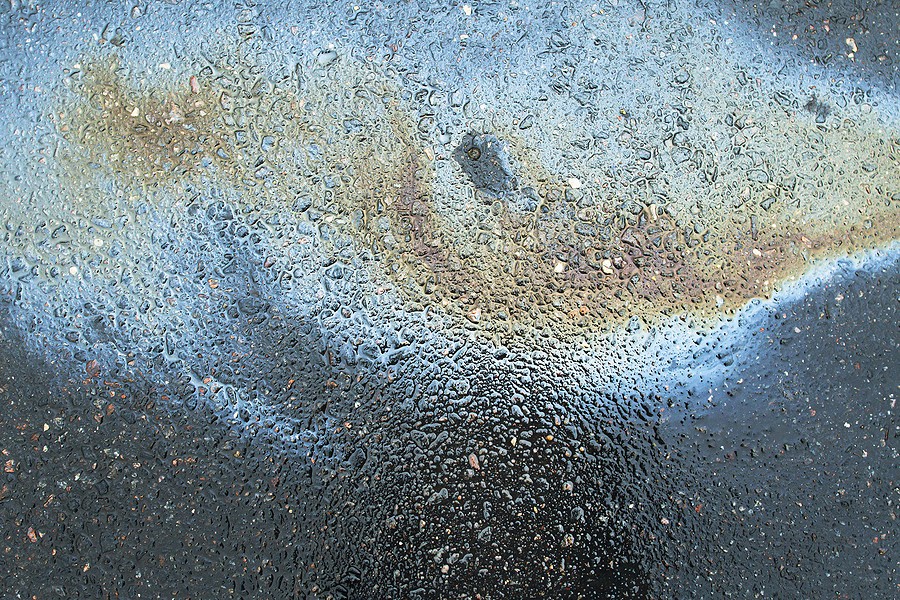
5- Reduction in coolant level
When a coolant leak is visible, you'll notice that the coolant reservoir does not have enough needed coolant, and there is a continuous drop in the coolant level. If that's the case, you must immediately address the leaks and change the coolant.
6- Foam building up on the coolant
One of the internal vehicle problems that could contaminate the coolant is when you have head gasket damage. This allows your coolant to get mixed with oil, making the coolant bad and unable to perform a job by maintaining the engine temperature.
One of the easiest ways to confirm whether there is some damage related to a mixture of oil and coolant is by looking at any potential bubbles of air building up inside the coolant. This indicates an external vacuum leak that could be related to a mixer with the oil but could also mean some air escaping inside the coolant.

7- Corrosion on the radiator and the hoses
The coolant is not working solo, and it's always connected with a cooling system. If there's any problem with the cooling system components, it can be reflected on the coolant and might even contaminate it.
For example, if some corrosion and rust are building up around the radiator and the hoses, all this corrosion and small rust foreign material can get inside the coolant and make it bad.
8- Loud gurgling noises
When air gets inside the coolants, it changes its characteristics and prevents the right job of cooling down the engine.
That's why if you feel that some strange gurgling noises indicate some bubbles inside the coolant, you have to address the problem immediately by flushing the coolant or having your mechanic perform any required repair to take care of the problem.

9- Temperature fluctuation
The main job of the coolant is to maintain the engine temperature; suppose the engine temperature changes drastically and fluctuates over time. In that case, it might mean a problem with the cooling system that could be related to the coolant or something else.
Therefore, you need to check on the current status and confirm it's in good shape before you change any major components because it could be as simple as flushing the coolant and replacing it with a fresh one to resolve the problem.
10- Steam from under the hood
Finally, if you ignore the engine overheating problems over time, the issue can evolve, and you might even start noticing some smoke and gas coming from underneath the hood. Therefore, this could be very frustrating and stressful, so you don't need to get to this point, and you have to just the coolant quality immediately.
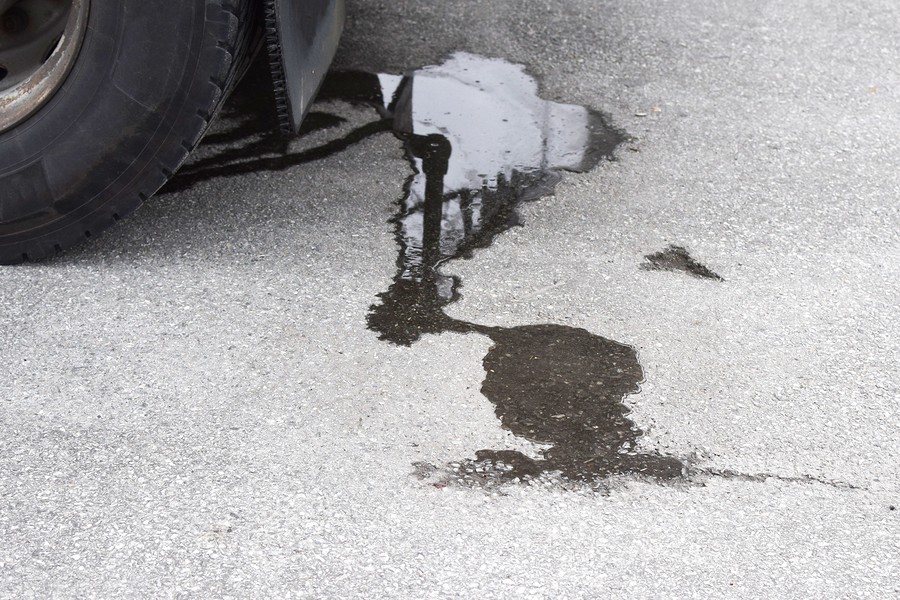
What do you do when you confirm a bad engine coolant?
If you confirm that the engine coolant is bad, the next step is to change it immediately. Your mechanics should tell you what column type you must use and how to perform the coolant flush. Usually, the coolant flush is not as straightforward a DIY thing that you could do on your own, so you have to rely on professionals to do it for you.
If you're worried about the costs of changing the engine coolant, you can save a ton by going to small independent shops versus dealerships. Typically, the dealerships will have higher labor rates, and if that will save you some money, you can rely on small mechanic shops while confirming that the mechanics there know your vehicle and can perform the required job perfectly.
How much does coolant flush cost?
The good news is that flushing the engine coolant is not very complicated and does not cost much money. Typically should range from $100 and $150. The labor cost can be some component. That's why we recommended that you research to confirm where you can save on labor costs while getting the coolant flushed.
Exports were committed to never trying to change your coolant unless you have the right experience and tools because once you do it wrong, you can lead to many problems that could introduce some issues that will cost you a lot of money.
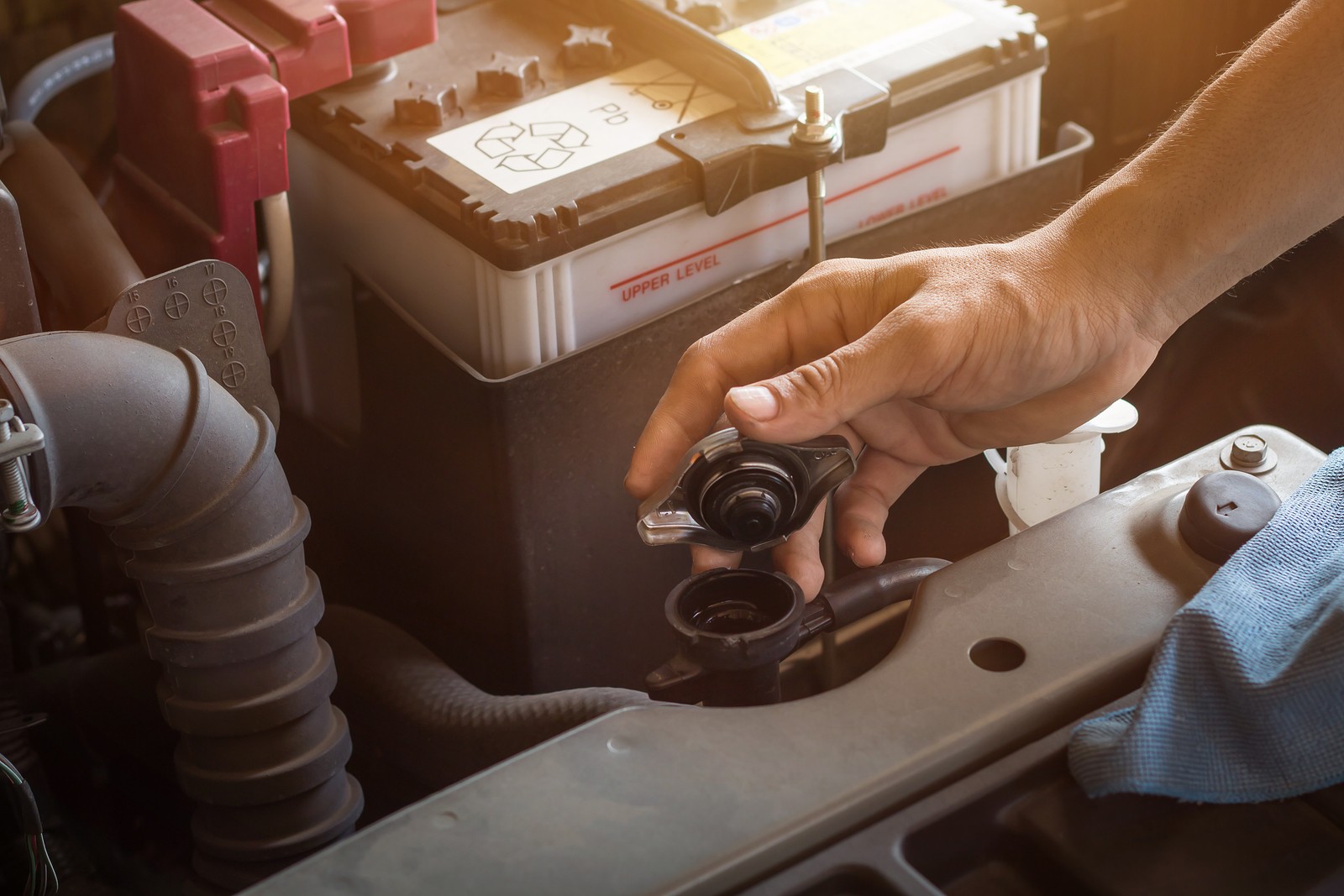
How do you know if engine oil or coolant is bad? Final Thoughts
The engine coolant is an important fluid in your car that is responsible for keeping the engine temperature at the operating level. When the coolant goes bad over time, you have to change it. Otherwise, the engine might get silver-structured because of excessive heat over time.
This article highlighted ten important symptoms that could help you identify whether the coolant is good or not they're bad on your vehicle. If you confirm a bad coolant, you must flush it immediately, and your mechanic should be able to help you.
If you're interested in similar posts, we highly encourage you to visit our blog by clicking here!

